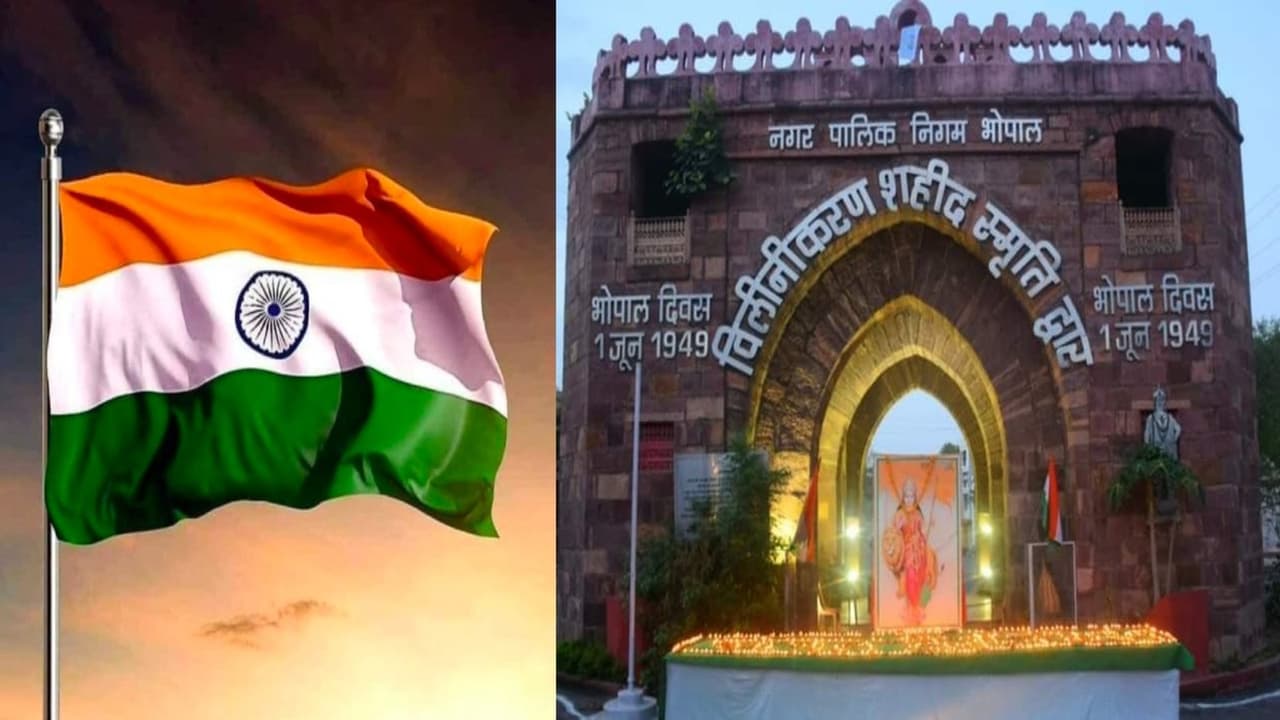Independence Day 2025: Bhopal Gaurav Day is reminiscent of the end of the 226 year old Nawabi rule on 1 June 1949. Learn the exciting story of delayed freedom, merger movement, sacrifices and Sardar Patel’s strategy, which changed the future of Bhopal.
Bhopal independence story: India’s independence date is 15 August 1947, but do you know that Bhopal, the capital of Madhya Pradesh, did not hoist the tricolor on this day? 659 days later, i.e. on 1 June 1949, Bhopal got that independence (Bhopal Independence Day 1949) which is remembered today as ‘Bhopal Gaurav Day’. The question is why Bhopal did not get freedom with the rest of the country and what is the truth behind it?
Why did the tricolor not be hoisted in Bhopal on 15 August?
When India became free from the British, there were 584 princely states in the country. It was not easy to merge many of them in India. Bhopal was also one of them. The last Nawab here was not in favor of merger in India (Bhopal and Hyderabad Nizam Connection) and wanted to keep Bhopal as an independent princely state. He also tried to merge the Bhopal Pakistan Merger Attempt into Pakistan like the Nizam of Hyderabad, but it was geographically impossible due to being located in Central India.
Also read… MP Weather Today: Orange alert of rain in Madhya Pradesh-In which districts can electricity fall
How did the merger movement start?
Even after the independence of India, the continuation of the Nawabi rule in Bhopal started increasing in the public. The Praja Mandal was established in January 1948 and the merger movement began on 6 January 1949. This movement was first at a small level but gradually spread throughout the region. In Boras village of Raisen district, the agitators tried to hoist the tricolor, and the police firing martyred four youths. This incident resonated across the country and the situation became so serious that Sardar Vallabhbhai Patel had to intervene.
Nawab’s insistence and Patel’s determination
On 24 January 1949 (Bhopal 659 Days Delay), Sardar Patel gave his secretary V.P. Menon was sent to Bhopal. After a long talks with the last Nawab of Madhya Pradesh, a historic agreement was reached on 30 April 1949, under which the administration of Bhopal was handed over to the Indian government from 1 June 1949.
1 June 1949: Bhopal’s real freedom
On this day, Government of India official N.B. Banerjee reached Bhopal and took administrative control from the Nawab. The Nawabi rule, which has been going on since 1723, ended and Bhopal became an integral part of the Republic of India. This is the reason that Bhopal Gaurav Day is celebrated every year on 1 June.
Why is Gaurav Day special?
The then Chief Minister Shivraj Singh Chauhan started the tradition of celebrating this day as Gaurav Day. The purpose of the programs is not only to remember history, but to convey the message to the new generation that independence was not only achieved on 15 August 1947, but in some areas it came after a long struggle and sacrifice.
Also read…79th Independence Day Bhopal: Tricolor, parade and patriotic confluence of ‘Amrit Sarovar’ in red parade
